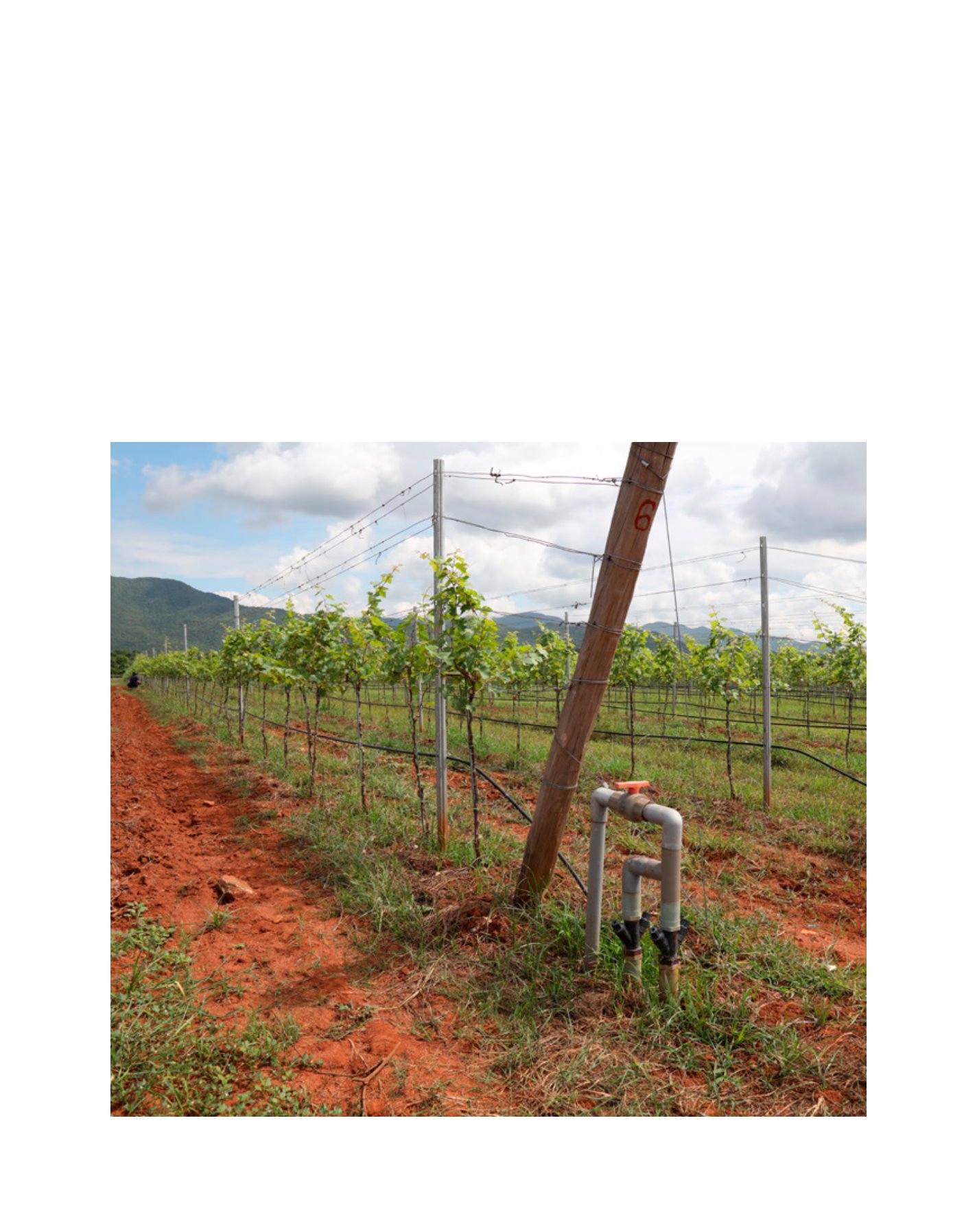

[
] 29
access
to
water
and
sanitation
for
all
water. Climate change is already impacting on high risk envi-
ronments where competing demands for water are placing
farmers under more pressure.
Remote sensing and drone technologies will become useful
tools to advance the understanding of water consumption by
crops, identify champion farmers who have optimised effi-
cient land and water management practices and, importantly,
provide more responsive irrigation based on crop require-
ments. Watching farmers’ fields and irrigation systems from
above provides a more rapid mechanism for minding crop
health and driving WP. If the technology is fully exploited,
farmers might soon have real-time information available on
mobile phones concerning when and how much water to use.
For the first time, the region’s most productive farmers will
be identified and encouraged to share best practices with
other farmers.
Technology provides a powerful tool to achieve the targets
set under SDG 6.4 for improving water use efficiency. Being
able to remotely measure WP on individual farmers’ fields
and understand how consumptive use of water varies across
a system provides a simple benchmarking tool. The United
Nations Food and Agriculture Organization is already taking
steps to develop an open access database with near real-time
data to allow monitoring of WP. This will revolutionise our
understanding of irrigation performance and water use in
agriculture.
Satellites, unmanned vehicles, robots, drones, mobile apps
are transforming farming – providing us with more informa-
tion and, importantly, empowering farmers for responsive
decision making. Ultimately, technology will provide farmers
with the power to improve water management on their fields.
Building bridges with knowledge partners and the private
sector is leading the way. The most critical challenge will
be for irrigation agencies and ageing irrigation systems to
adapt and modernise for greater flexibility in dealing with
the changing supplies and demands.
Grape vines with drip irrigation in Ninh Thuan, the driest province in Viet Nam
Image: ADB
















